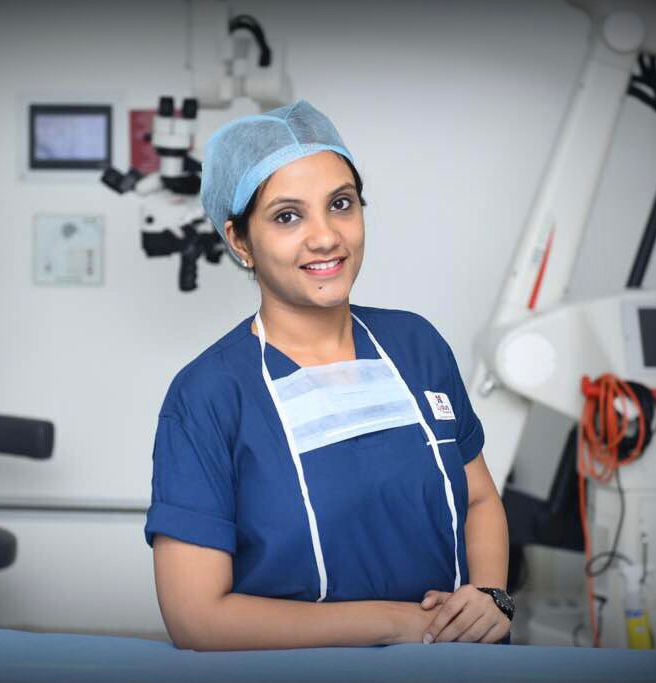Mastectomy is a surgery that involves removing the breast to treat or prevent breast cancer.
If the doctor has advised a mastectomy, you will have a lot of questions. In this post, we will go over the many sorts of mastectomies, when they are performed, and what you may expect.
What is Mastectomy?
Mastectomy is a surgical operation that aims at the removal of breast tissues, mainly practiced as a measure of handling cases of breast cancer. This surgery can be minimal or extensive depending on the extent of the cancerous growth; one that involves only the excision of the affected tissue (partial mastectomy) to complete removal of one or both breasts (simple or bilateral mastectomy). The type of cancer, its stage, its location, and the patient’s overall health all have a role.
Apart from breast cancer treatment, mastectomy is also done as a preventive measure for people who are at high risk due to genetic factors like BRCA mutations. This is a special treatment for patients that have particular needs, and it is possibly a lifesaver.
Mastectomy is a well-known treatment for breast cancer. There are major 5 types of mastectomies, which are as below:
- Total: Total mastectomy is sometimes called basic mastectomy. Your entire breast, including the skin, areola, and nipple, is removed by the surgeon.
- Radical: This procedure involves removing the entire breast, including the nipple, areola, skin, and axillary lymph nodes.
- Modified Radical: This kind of mastectomy aids in assessing if the cancer has spread to the lymph nodes beneath your arm. This type of mastectomy removes the entire breast, including the nipple, areola, skin, and axillary lymph nodes.
- Partial: A partial mastectomy involves removing both the malignant region and some healthy surrounding tissue. It may be used when there is only a tiny amount of malignant tissue.
- Skin-Sparing: The majority of your skin remains intact, but your breast tissue, nipple, and areola are removed. When breast cancer surgery is performed concurrently, this procedure is utilized.
How to Prepare for Mastectomy?
You can do the following things to get ready for the surgery:
- Pack a compact bag with toiletries and other essentials. Bring a loose-fitting top with buttons or zippers on the front.
- Prepare a little pillow for the ride home. Use it to keep the seatbelt’s shoulder harness away from your chest.
- Stock up on groceries and other necessities.
How is a Mastectomy Performed?
In the hospital, you will have an intravenous (IV) line in your arm to receive fluids and medication. During a sentinel node biopsy, a radioactive tracer is inserted near the tumor. This will help the surgeon locate the sentinel nodes.
The surgeon will make an incision and remove the breast tissue following general anesthesia.
If you are going through breast cancer reconstruction at the same time, it may involve:
- Breast tissue expanders
- Implants
- Autologous tissue reconstruction
All incisions will be closed with stitches. The surgical team will leave one or two surgical drains exiting the incision. This is a temporary strategy to prevent fluid from building in your chest.
Recovery After Mastectomy
The recovery will be different for everyone but generally, it takes 3 to 6 weeks. The recovery period may get delayed if you have complications.
Your doctor will give you instructions regarding caring for surgical drains, bandages, and stitches. Additionally, the doctor will suggest some exercises and some suggestions on wearing a bra.
Do note that you will have your first follow-up visit in 7 to 10 days. The surgical drains may now be removed by your surgeon. Your dissolvable stitches will also be taken out if you don’t have any.
From the top of your ribs to your collarbone, numbness of skin is a common occurrence..
Conclusion
At last, we would say that mastectomy is an effective surgical procedure that plays a key role in treating or preventing breast cancer. There are various types of surgeries available, and each surgery is tailored to the individual’s medical needs. Understanding the procedure and what to expect can help ease the process.
In the recovery phase, it is crucial to follow the doctor’s instructions for care, including managing drains, bandages, and exercises. Emotional support, along with timely follow-ups, also contributes to a smoother recovery. Always consult a breast cancer surgeon for personalized advice and guidance throughout this journey.



